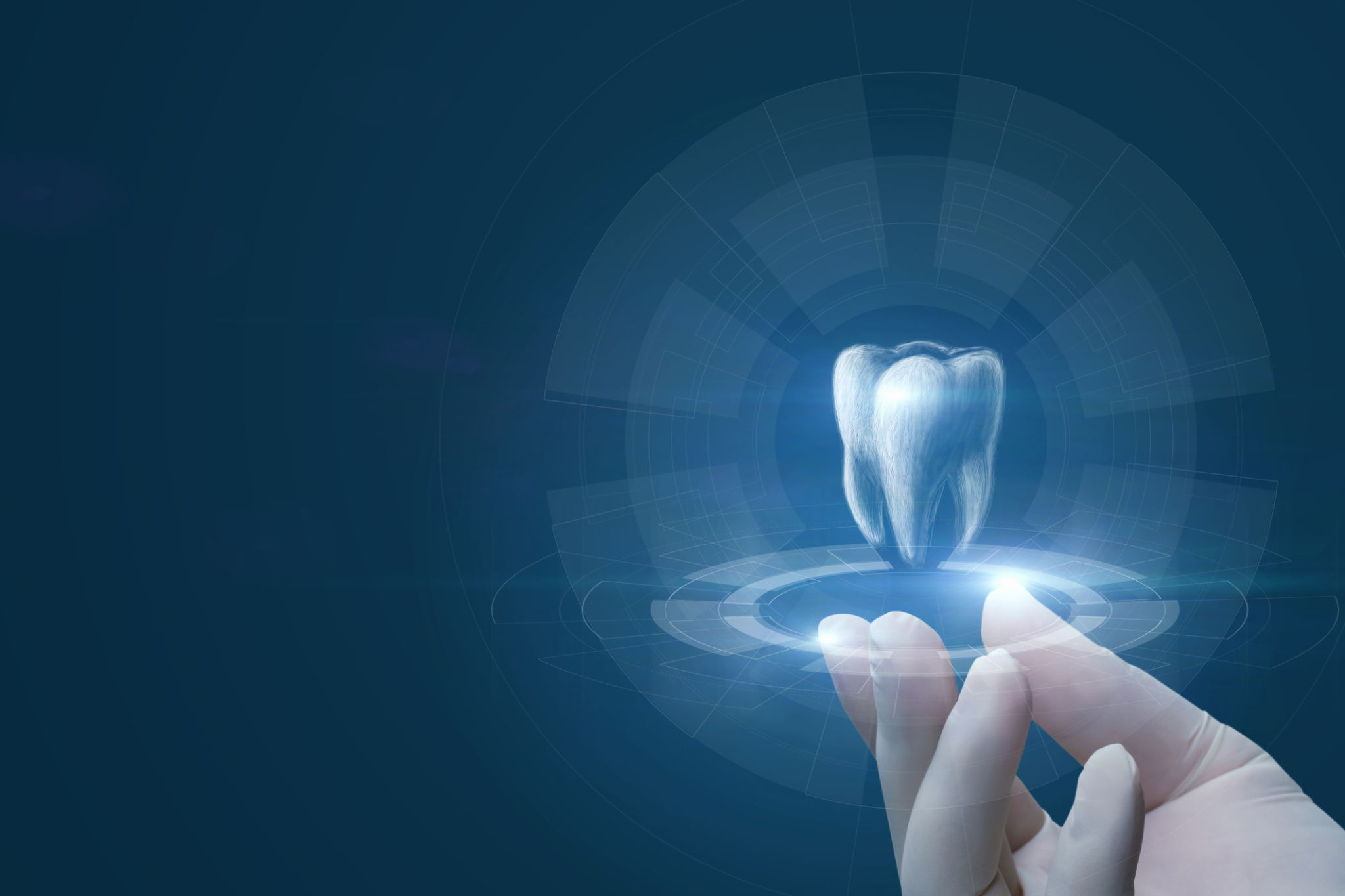The Latest Innovations in Dental Equipment and How They Impact Patient Care
Revolutionizing Dental Care with Advanced Equipment
In recent years, dental technology has made significant strides, bringing forth innovations that are transforming patient care. These advancements are not only enhancing the precision and efficiency of dental procedures but are also improving patient comfort and outcomes. From digital imaging to laser dentistry, the latest innovations are reshaping the dental landscape.

Digital Imaging and Diagnostics
One of the most impactful innovations in dental equipment is digital imaging. Gone are the days of traditional X-rays, as digital radiography provides a faster, more efficient method for diagnosing dental issues. This technology offers several advantages:
- Enhanced Image Quality: Digital images are clearer and can be easily enhanced for better diagnosis.
- Reduced Radiation Exposure: Patients experience up to 90% less radiation compared to traditional X-rays.
- Immediate Results: Dentists can view images instantly, allowing for quicker decision-making.
These benefits not only improve diagnostic accuracy but also contribute to a more streamlined patient experience.
Laser Dentistry: Precision and Comfort
Laser dentistry is another revolutionary advancement, offering a minimally invasive option for many procedures. Lasers are used for a variety of treatments, including cavity detection, gum reshaping, and even teeth whitening. The benefits of laser dentistry include:
- Precision: Lasers allow for highly precise removal of decayed tissue while preserving healthy parts of the tooth.
- Reduced Pain: Many patients experience less discomfort and bleeding, leading to faster recovery times.
- Decreased Need for Anesthesia: Some procedures can be performed with little to no anesthesia.

CAD/CAM Technology for Crowns and Bridges
Computer-Aided Design and Computer-Aided Manufacturing (CAD/CAM) technology is revolutionizing the creation of dental restorations. This technology enables the design and production of crowns, bridges, and other restorations right in the dental office, often in just one visit. The advantages of CAD/CAM include:
- Efficiency: Patients no longer need to wait weeks for a lab to fabricate their restorations.
- Accuracy: Digital impressions lead to better-fitting and more comfortable restorations.
- Aesthetics: High-quality materials ensure natural-looking results.
3D Printing: The Future of Dental Fabrication
3D printing is becoming increasingly prominent in dentistry, offering innovative solutions for creating dental models, surgical guides, and even prosthetics. This technology allows for rapid prototyping and production, significantly reducing the time required for treatment planning and execution. Its precision facilitates customized care tailored to the unique needs of each patient.

Intraoral Scanners: Improving Patient Experience
The introduction of intraoral scanners has transformed the way dentists capture images of patients' mouths. These handheld devices create digital impressions without the need for traditional molds, providing a more comfortable experience for patients. Additionally, they allow for real-time visualization, helping patients understand their treatment plans better.
The integration of these innovations into dental practices is setting a new standard for patient care. By embracing these technologies, dental professionals can offer more effective, efficient, and patient-friendly treatments, ultimately leading to improved oral health outcomes and patient satisfaction.
